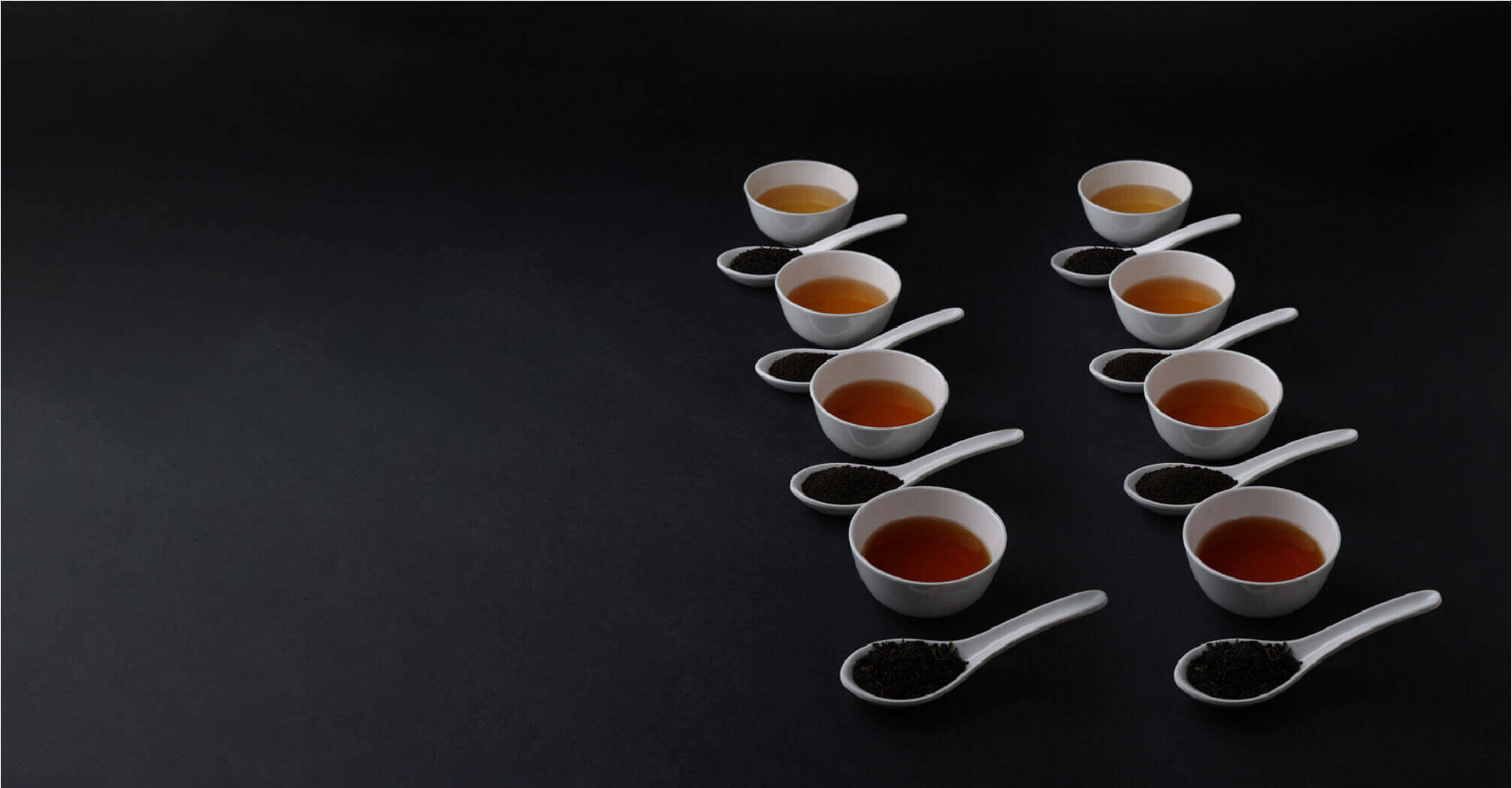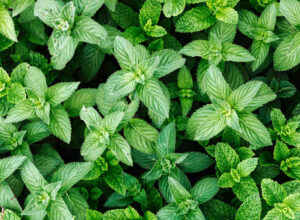For professional comparison of the different teas, there are standard procedures followed in picking and brewing the teas. There are, however, a few things you could do to ensure that you end up understanding the real taste of each tea and to thus be able to pick the best one.
Trust your senses- see, smell, and then listen to your taste buds. This tea tasting guide is not to make you a professional tea taster but to refine your tea tasting skills so that you would be able to differentiate and identify the best brews to suit your moods.
The Tea Leaves Tell Stories
When you first look at the tea leaves you can frame a major portion of your perception about the tea. There is a story in them!
The best teas are mostly rolled or curled. If the tea leaves are subject to the cut, tear and roll method then the leaves are preferred for quicker brews. Orthodox rolled leaves are rolled in order to ensure that the natural aroma of each leaf is trapped. Both these methods retain the natural texture of the leaves. If the leaves look lifeless and pale chances are that the flavor might suffer as well.
Then comes the way the leaves feel when you touch them. Leaves that are dried too much might lose their flavor. Such leaves feel too light and might also crumble too easily.
A Report from your Olfactory Senses
Seeing the leaves before making the tea is important as the leaves can look very different after the brew is made. The quality of processing can be seen visually while the fragrance speaks for itself. The moment the leaves start seeping you should be able to feel the aroma engulf you. If your nose doesn’t catch a whiff unless you get closer to the tea, then it is not the best tea to bet on.
The aroma can be mild before the leaves are brewed. But after the brew is prepared you would notice the difference in flavor depending on the type of tea. The fresh and natural scent is retained in green tea while a more mature and earthy scent is what a dark tea would possess.
The Grand Finale of Tasting
Once your nose and eyes have helped you judge the tea, allow your taste buds to do their job. Taking your sips slowly would be important to get the real taste. After you take a sip wait for the tea to touch every taste bud before you make your judgment.
If you have a superior quality tea in front of you, then you are sure to be moved by its taste. The way the brew glides in your mouth, the amount of time for which the taste lingers in your mouth, are all indicators of the actual quality of the brew.
Remember however that even the best handpicked tea can only exhibit its real nature if the brew is made the perfect way. Do not hesitate to take a loud slurp.
If you are tasting different types of teas at the same time, leave some gap so as to allow your taste buds to be able to grasp the real flavor of the next one. In general white, green and black teas are tasted one after the other. There are specific orders recommended based on the assortment of teas in front of you. In order to make a fair decision ensure that you follow the order.









